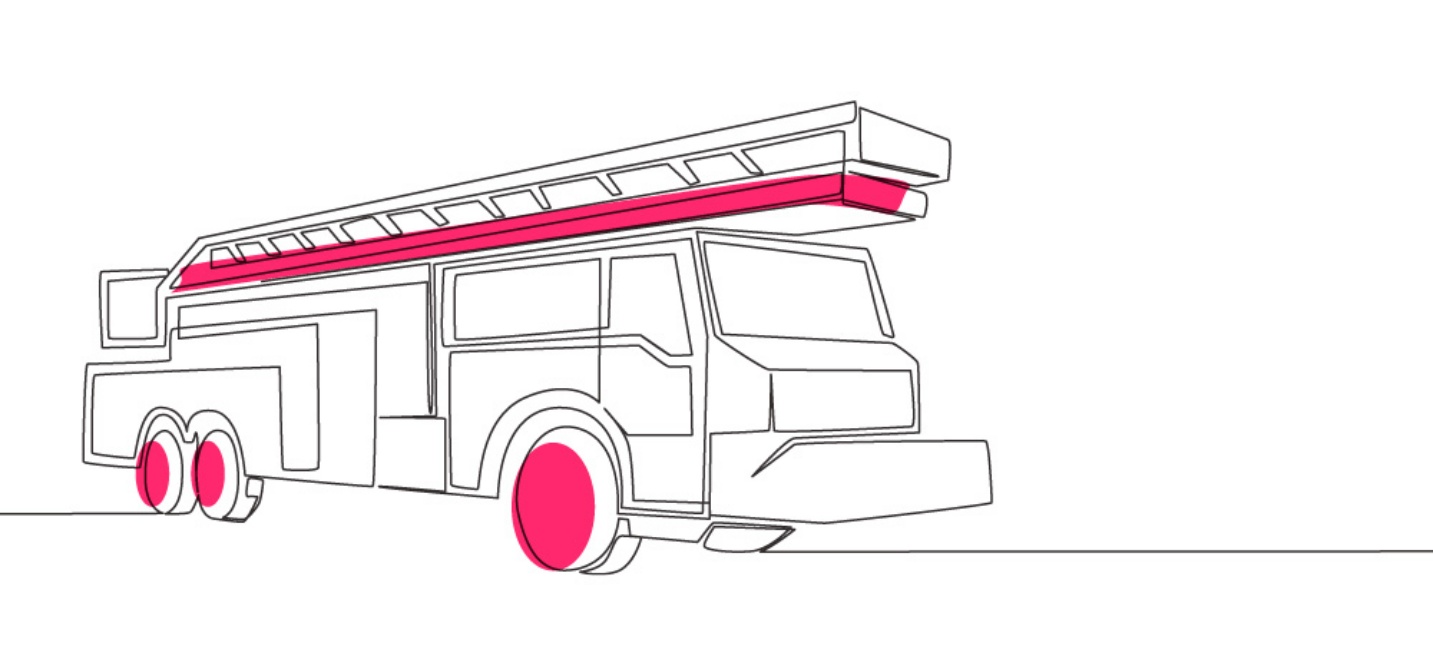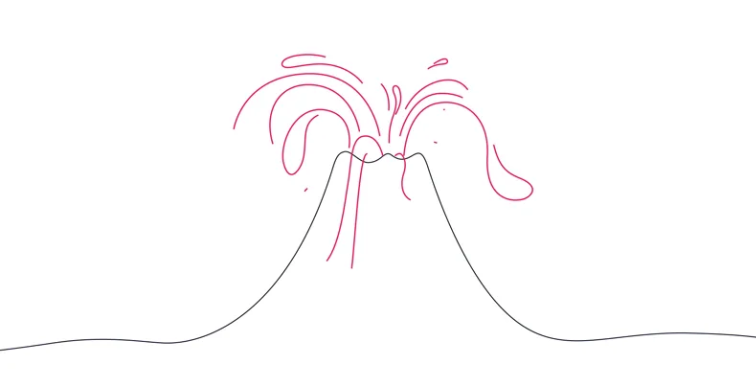What is Cloud Disaster Recovery?
Cloud disaster recovery is the process by which companies prepare for and respond to interruptions in their cloud computing services. Disruptions can be either external or internal to your organization. As more companies migrate to the cloud, any disruption in cloud services can be costly. Gartner estimates that cloud downtime costs a company $300,000 per hour on average. As a result, cloud service providers race to restore cloud computing services following a disaster.
Cloud disaster recovery protects your core business operations from both planned and unplanned disruptions. This is especially true for companies with a lot of online customer traffic, or those who need to protect vital patient data such as healthcare service providers.
A cloud disaster recovery plan is an important component of a business continuity plan. There are two key metrics that a cloud disaster recovery plan addresses: RTO (Recovery Time Objective) and RPO (Recovery Point Objective). RTO is the minimum amount of time that your computing services can be down before having a detrimental impact on your business. RPO refers to the amount of time that you can reasonably withstand between your last backup and a disaster event. A low RTO and RPO gives you almost instantaneous back up and failover ability. However, a low RTO and RPO can make cloud disaster recovery more complex and expensive.
Your employees rely on your core business data to perform their job. The rise of hybrid and remote work models means your employees could be scattered around the globe. As a result, it’s important to have good cloud disaster recovery strategies in place to enable continuous remote access to your core data. Just as importantly, your customers rely on your externally facing applications to interact with your business every day. With cloud disaster recovery, you can ensure they have a frictionless experience each time.
There are many cloud disaster recovery strategies that you can use to protect your core business data, applications, and databases.
Backups
Backing up your data to the cloud allows you to recover from a disaster event quickly. Your RTO and RPO drive your backup frequency. Continuous backup consumes computing power as well as storage capacity. On the cloud, taking up additional real estate is going to cost you. Silk breaks the link between cloud computing and storage, allowing you to meet your RTO and RPO metrics without breaking the bank.
Warm Standby
You can choose to maintain a full backup of your entire cloud environment ready to deploy at a moment’s notice. It’s critical to maintain a secure and stable network connectivity between your warm standby and your production environment.
Such large and complex systems require large virtual machines to run on the cloud. However, the cost of running more and larger virtual machines can quickly get out of control. On the cloud, compute power, data capacity and performance are tied together meaning it is often necessary to overprovision one resource in order to get enough of the other. Silk breaks the link between these resources, allowing you to provision only the minimum required for your cloud disaster recovery system.
Multi-Site Deployment
The most robust cloud disaster recovery strategy is to run your entire workload at multiple locations in the cloud simultaneously. This strategy ensures virtually unlimited interruptions to your cloud resources and will help to prevent data loss in the event of a disaster. With multiple copies of your workload running, you can still perform disaster recovery if one of the deployed zones goes down. Of course, this comes at a steep price tag.
Running that many copies of your workload on the cloud will impact your bottom line. In addition, since the public cloud is shared, cloud service providers typically throttle speeds for the benefit of all users. Even after a successful failover event to a backup copy, your applications may still be moving at a snail’s space.
With Silk, you can expect the same level of performance on the cloud that you’re used to on-premises. Silk breaks the link between computing power and capacity so that you can provision only the minimum number of cloud resources you need to achieve a robust cloud disaster recovery system.
The Silk Cloud Data Virtualization Platform is a virtualized layer that sits between your applications and the cloud. Silk is Always On, with no single point of failure. And when the time comes to failover, Silk can automatically scale up or out to add more resources as they are required. Now you are only paying for what you need, when you need it.
Cloud Disaster Recovery FAQs
What is the difference between traditional disaster recovery and cloud disaster recovery?
Traditional disaster recovery involves storing copies of your data at a physical secondary data center. With a physical data center, you must maintain all the server and hardware components. You must also maintain a reliable network connection to the primary data center. In the event of a failure, your secondary data center needs to be ready to be brought online.
Maintaining a secondary data center in addition to your primary data center brings on a higher degree of complexity and costs. You are also confined to the capacity of the secondary data center, limiting your ability to scale as your business grows.
With cloud disaster recovery, however, you get the flexibility and scalability of the cloud when deploying your cloud disaster recovery plan. You are no longer bound to a single local site. You can quickly spin up additional cloud resources as your cloud storage demand grows. By partnering with a cloud service partner, you may see a reduction in costs as you no longer have to operate and maintain multiple physical data centers. Cloud disaster recovery also lowers your RTO and RPO since you can quickly switch over to redundant cloud infrastructure when disaster strikes.
Why is cloud disaster recovery important?
Interruptions to your company’s cloud computing infrastructure may be planned or unplanned. With the increasing frequency and intensity of natural disasters, the physical data centers that support your cloud infrastructure are at greater risk of damage or failure. Malicious actors and ransomware are also on the rise. These targeted attacks can disrupt your core business operations. Human error may also be to blame if one of your employees falls for a phishing email. As a result, you need to have a cloud resiliency plan in place in case of the inevitable.
A core feature of cloud disaster recovery is using additional cloud resources to back up multiple copies of your data, database and core applications. On the cloud however, every byte counts. For companies that need to have high availability and need their computing systems back up and running within minutes, a robust cloud disaster recovery strategy is going to cost you.
Silk breaks the link between computing and storage, using patented snapshot technology that doesn’t balloon your cloud resources, or your cloud bill at the end of the month.
Learn more about how Silk can help you save on costs, while keeping your data protected from disaster by visiting us at silk.us.


